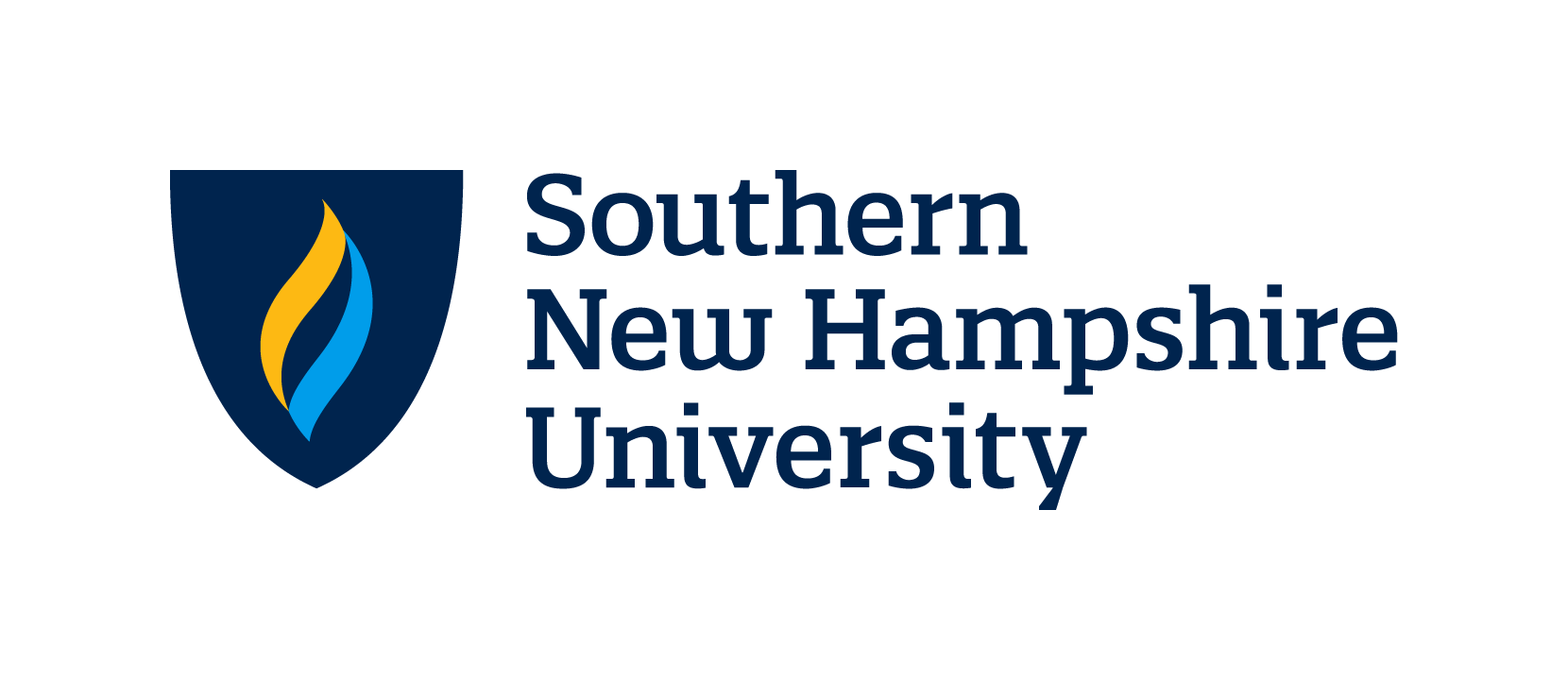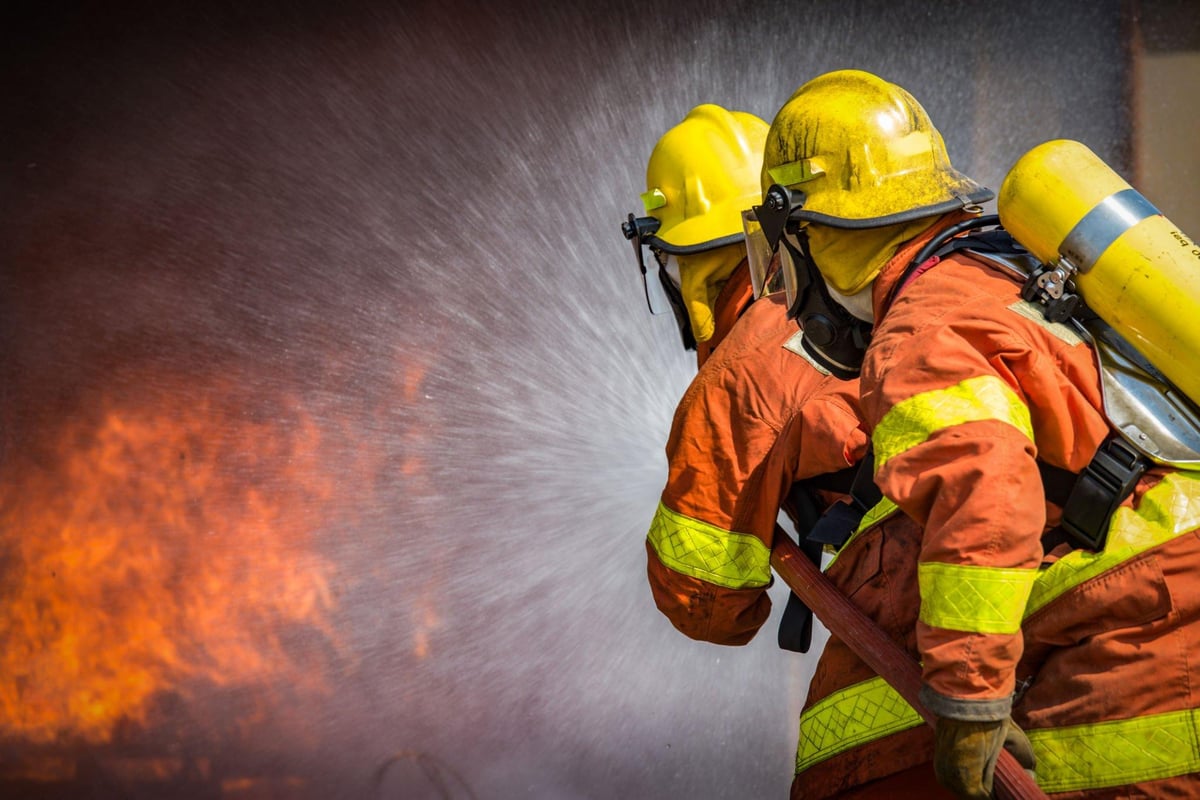Fire Science classes near me in Syracuse
In the Syracuse metro area, the average cost of a class is $10000 and the average class length is approximately 44 weeks long
Trade and industry classes near
Syracuse, NY 13202Online classes
Financial aid
Certificate
Short classes

Waldorf University
AA Occupational Safety & Health
- Online, estimated completion in 2 years for full-time students
- Covers industrial hygiene, occupational safety, and more

Penn Foster
Diesel Mechanics/ Heavy Truck Maintenance Career Diploma
- Affordable, accredited, self-paced
- Students receive Snap-on tools discount

Southern New Hampshire University
BS Operations Management with concentration in Logistics and Transportation
- Complete your degree at your own pace
- 24/7 online accessibility
Fire Science classes near me in Syracuse
Are you interested in a career as a firefighter? If you live in Syracuse or the surrounding area, you're in luck! There are several options for fire science classes near you that can help you start your journey towards this rewarding career. In this blog post, we will explore what fire science is, the training requirements, what to look for in a class, what to expect from the day-to-day class, the certification process, how to find related jobs, and what other classes you can take after becoming a fire science professional.

Introduction
Fire science is the study of fire behavior, prevention, and suppression. It involves learning about fire dynamics, hazardous materials, building construction, fire investigation, and emergency management. Firefighters play a crucial role in protecting lives and property from fires and other emergencies. They are trained to respond to various situations, including fires, medical emergencies, and natural disasters.
What is Fire Science?
Fire science is a multidisciplinary field that combines elements of chemistry, physics, engineering, and emergency management. It encompasses the knowledge and skills needed to prevent, control, and mitigate the effects of fires. Fire science professionals work in a variety of settings, including fire departments, government agencies, private companies, and educational institutions.
Training Requirements
To become a firefighter, you must meet certain training requirements. These requirements may vary depending on the state and the specific department you're interested in. Generally, you will need to complete a fire science program, which can range from a few months to several years in length. Some programs may require a high school diploma or equivalent, while others may have additional prerequisites.
What to Look for in a Class
When choosing a fire science class, there are several factors to consider. Here are some things to look for:
- Accreditation: Make sure the program is accredited by a recognized accrediting agency. This ensures that the program meets certain quality standards.
- Curriculum: Review the curriculum to see if it covers all the necessary topics, such as fire behavior, fire prevention, firefighting techniques, and emergency medical services.
- Hands-on training: Look for programs that offer hands-on training opportunities, such as live fire exercises and simulated emergency scenarios.
- Experienced instructors: Check the qualifications and experience of the instructors to ensure they have the expertise to teach the course effectively.
- Facilities and resources: Consider the facilities and resources available to students, such as training props, equipment, and learning materials.
What to Expect from the Day-to-Day Class
Fire science classes typically include a combination of classroom instruction, hands-on training, and practical exercises. Here's what you can expect from the day-to-day class:
- Classroom instruction: You will learn about fire behavior, fire prevention, firefighting techniques, hazardous materials, emergency medical services, and other relevant topics through lectures, discussions, and presentations.
- Hands-on training: You will have the opportunity to apply what you've learned in the classroom through hands-on training exercises. This may include practicing firefighting techniques, using firefighting equipment, and conducting simulated emergency scenarios.
- Physical fitness training: Firefighters need to be physically fit to perform their duties effectively. Therefore, physical fitness training is often incorporated into fire science classes. This may involve cardiovascular exercises, strength training, and agility drills.
- Teamwork and communication: Firefighters work as a team to respond to emergencies. Fire science classes often emphasize teamwork and communication skills to ensure effective coordination during emergency situations.
Certification Process
After completing a fire science program, you will need to obtain certification to work as a firefighter. The certification process may vary depending on the state and the specific department you're interested in. Generally, it involves the following steps:
- Written exam: You will need to pass a written exam that tests your knowledge of firefighting techniques, fire behavior, and related topics.
- Physical agility test: You will be required to pass a physical agility test that assesses your physical fitness and ability to perform firefighting tasks.
- Background check: A thorough background check, including criminal history and driving record, may be conducted to ensure you meet the department's standards.
- Medical evaluation: You will need to undergo a medical evaluation to ensure you are physically and mentally fit to perform the duties of a firefighter.
- Interview: You may be interviewed by a panel of fire department officials to assess your suitability for the role.
- Probationary period: If you are selected, you will typically undergo a probationary period during which you will receive additional training and evaluation.
How to Find Related Jobs
Once you have obtained your certification, you can start looking for firefighting jobs. Here are some ways to find related jobs:
- Fire department websites: Check the websites of local fire departments for job openings and application instructions.
- Job search websites: Use popular job search websites, such as Indeed or Monster, to search for firefighting jobs in your area.
- Networking: Attend job fairs, career expos, and networking events to connect with fire department representatives and learn about job opportunities.
What Other Classes Can Someone Take after Becoming a Fire Science Professional
Once you have become a fire science professional, there are several other classes you can take to enhance your skills and advance in your career. Here are some examples:
- Emergency Medical Technician (EMT) certification: EMTs provide basic medical care to individuals in emergency situations. Obtaining an EMT certification can complement your firefighting skills and open up additional job opportunities.
- Hazardous Materials (HazMat) training: HazMat training focuses on identifying, containing, and mitigating hazardous materials incidents. This specialized training can be beneficial for firefighters who may encounter hazardous materials in emergency situations.
- Incident Command System (ICS) training: ICS is a standardized approach to the command, control, and coordination of emergency response activities. Completing ICS training can help you take on leadership roles during emergency situations.
- Technical rescue training: Technical rescue training prepares firefighters for specialized rescue operations, such as rope rescue, confined space rescue, and water rescue.
- Fire officer training: Fire officer training is designed for firefighters who want to advance into leadership positions. These classes cover topics such as fire department management, personnel supervision, and budgeting.
Final Thoughts
If you're interested in a career as a firefighter, pursuing fire science classes can provide you with the necessary knowledge and skills to succeed in this challenging and rewarding profession. Remember to research your options, consider the training requirements, and look for reputable programs that offer hands-on training opportunities. And when you're ready to start your journey, visit Dreambound (https://dreambound.com/) to find the perfect fire science class near you. Dreambound is the largest platform for students to find vocational training programs, such as allied health or industrial trades. Their mission is to provide all the information students need to find the perfect class. Good luck on your path to becoming a firefighter!
Dreambound has written many guides to help you understand what it takes to get this certification. If you're curious about the process or requirements in other states, check out our other guides below:
- How to Become a Firefighter in District of Columbia
- How to Become a Firefighter in Indiana
- How to Become a Firefighter in New Hampshire
- How to Become a Firefighter in New York
- How to Become a Firefighter in South Carolina
Exploring different career paths? Dreambound offers in-depth guides to assist you in making well-informed decisions. Explore some of these resources below:
FAQ
What is Dreambound?
Dreambound is the largest platform for students to find career & technical training programs. While we can't guarantee a career outcome, our mission is to provide all the information you need to find the perfect program for you.
What programs do you offer?
Dreambound has over 70 programs across healthcare, technology, business, and industrial trades. This includes programs such as Medical Billing, Cybersecurity, and welding.
Do you offer financial aid?
Some of our schools offer financial aid for those who qualify. Many others offer payment plans, where you can pay the cost of class over time.
Is it possible to do online classes?
Yes, Dreambound offers many online programs. On Dreambound's search, you can filter by online, in-person, and hybrid (part online, part in-person).